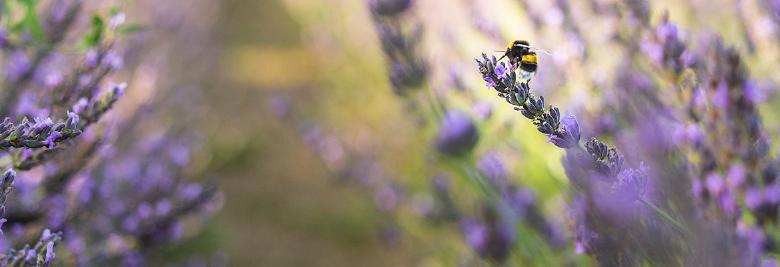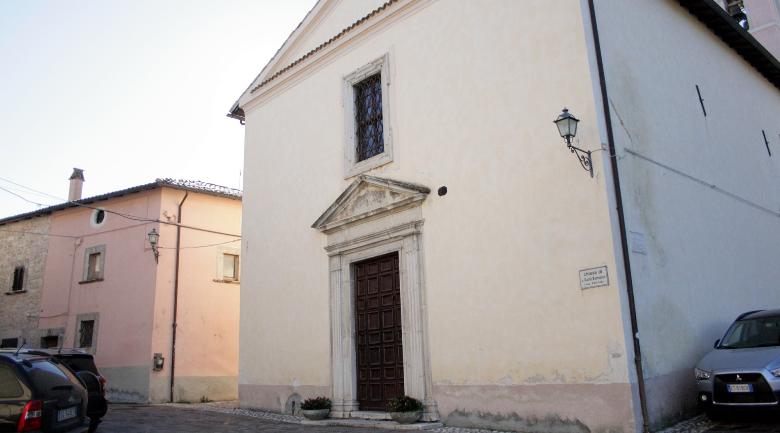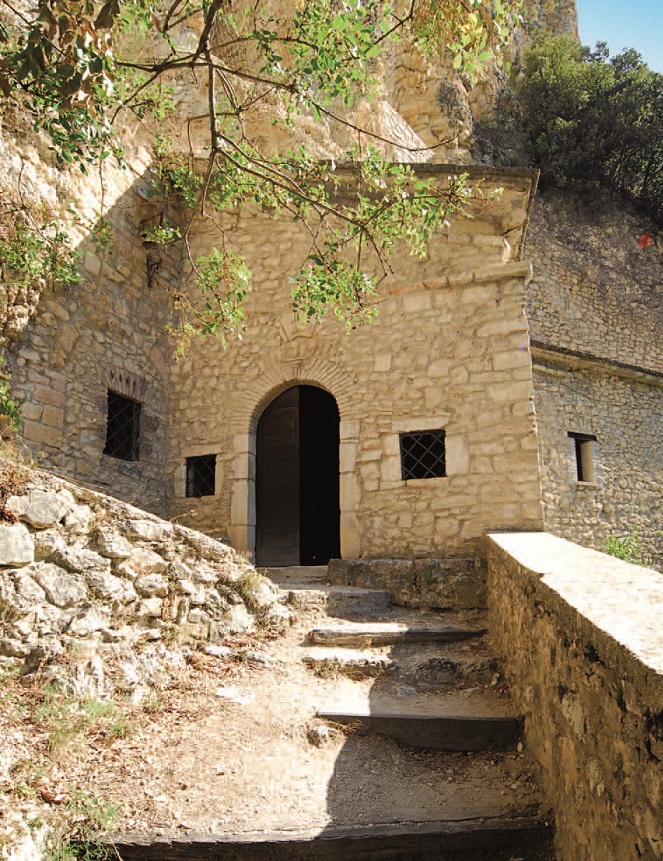To the sides of the portal there are ten embossed panels with Stories of St. Clare's life by Eros Pellini. On the lintel the inscription comes from the ancient sarcophagus of the saint Salve Rita vas amoris, sponsa Christi dolorosa / tu de spinis Salvatoris nasceris pulchra ut rosa. Hail Rita, vessel of love, the bride of Christ, sorrowfully / you from the thorns of the Saviour are born beautiful as a rose.
The interior is of Byzantine style in a Greek cross shape with apsidal arms. All around the perimeter of the structure are open loggias of the women's gallery.
The main apse was renovated in 1981 by architects Caproni, Genco, Srimieri. The high altar, designed by Giuseppe Martinenghi, is decorated with reliefs with the Last Supper by Eros Pellini and preserves the "Corpus Christi", the cult recognized by Boniface IX. The furnishings are the work of the great contemporary sculptor Giacomo Manzù. The oval tabernacle is remarkable, with a rose in the middle ears of corn and vines and a crucifix shaped of olive fronds.
The fresco of the Last Supper is by Luigi Filocamo, the stained glass of Eucharistic Miracles by Armando Marrocco. The central area of the sanctuary is covered by a dome where the painter Luigi Montanarini has depicted the dove and the glory of the Augustinian saints.
The entrance apse was frescoed by Silvio Consadori in 1956, showing a procession of faithful coming to adore the cross, includes on the left a self-portrait of the artist, with a green cloak and a red book in hand. On the sides are the altars to Saint Lucia and Saint Joseph.
The apse Assumption of Mary into Heaven was painted by Gisberto Ceracchini in 1950, just after the proclamation of the dogma by Pope Pius XII. The design of the windows, Stories of the Life of Mary is by Consadori. In the apse of St. Rita there is a small painting of the Madonna of Good Counsel of the 18th century and the parchment in which Pope Pius XII elevated the church to shrine on August 1 1955. The paintings are by Ferruccio Ferrazzi.
The chapel of Santa Rita, which houses her body, opens behind a large wrought iron gate. Under the altar of the chapel of Consolation is the body of Blessed Augustinian Simone Fidati (1295-1348), the great writer and preacher who brought the "Corpus Christi" to Cascia, which is now housed in the main altar. The miracle happened in 1330 in Siena: a priest, as he went to take communion to a sick man, put the host in the breviary. At the house of the invalid he saw that the host had become blood, the blood stains were in the shape of a human face profile.
In the night between 21 and 22 May every year Cascia dedicates to St. Rita a great feast, the Celebrations of St Rita, where purely celebratory moments alternate with moments for reflection and liturgy.
Information and tips At the entrance of Cascia there is a large parking lot linked by lifts and escalators to the historic center and the Sanctuary of St. Rita. Nearby Roccaporena, birthplace of the saint, is worth visiting, where you can still admire her house, now converted into a chapel, the rock of prayer where she meditated, and the rose garden and vegetable garden of the miracle, where in a cold winter of 1457, days before her death, a rose blossomed and a fig ripened.




































